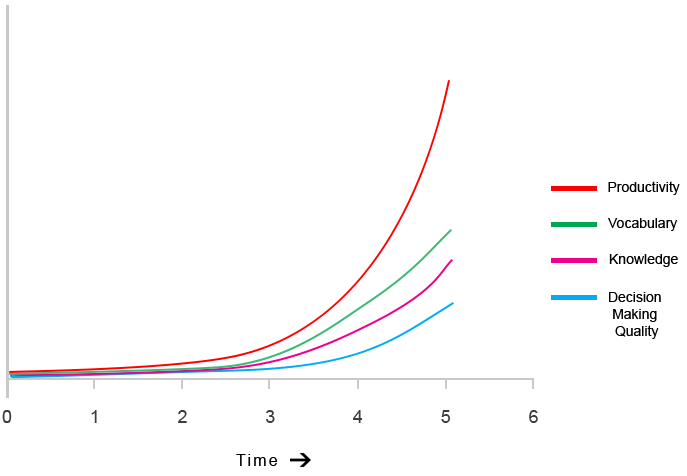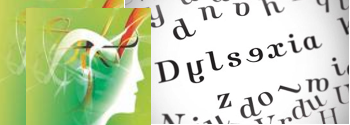Dyslexic = Gifted, Intelligent, Innovative
Dyslexia is not a disease. Dyslexics should not be classified as learning handicapped. Dyslexia is a Gift! Most dyslexics show more intelligence and potential than the average person, but are not given the ability to express this to their peers and teachers in the typical school environment. Most Dyslexics go undiagnosed or worst, misdiagnosed with ADD or ADHD (Attention Deficit Disorder, Attention Deficit Hyperactivity Disorder). Dyslexia and ADD are two very different things, and should not be treated the same.
I recently attended a “learning” conference. It was promoted by a Dyslexic organization. I was interested to learn what new strategies the school systems were now using with dyslexic children.
Amongst the presenters, there were agreements to how dyslexics were viewed. Here are points of the common consensus:
25% of the population is dyslexic.
The percentage of dyslexia is increasing at a noticeable rate.
The increased rate CANNOT be attributed to better detection methods, nor genetics. If anything, detection efforts have decreased. However, it can be attributed to human evolution.
Dyslexics are very intelligent, and tend to be innovative and great problem solvers; untapped genius.
Dyslexics are ready built to assimilate high amounts of information in ways that other people cannot.
Most children diagnosed with ADD or ADHD are also found to be dyslexic.
Dyslexia and ADD tends to have many of the same behavioural symptoms, so dyslexia is often misdiagnosed as ADD.
Dyslexics should not receive the same medication or treatment proscribed for ADD or ADHD since they are two separate issues.
Dyslexic children should not be treated as learning challenged or disabled. It is the responsibility of the school system to provide the proper learning environment suitable to how they best learn; which may completely exclude reading.
The limitations the teachers can teach by precludes an easy transition to creating the learning environment suggested above.
There is a clear “Conflict of Interests” when schools receive additional funding based upon the number of learning challenged students, and prevents the reintroduction of normal students back into the main stream school system. It is more profitable to keep them in the learning disable category, even though they show they are no longer fitting those attributes.
Dyslexics may not be able to assimilate ‘reading’ materials well, but are inclined to make up for it by developing higher abilities with hearing/listening and kinetics/experience, and increasing their memory through constant exercise of these faculties.
Even though the presenters could clearly identify the problems and the issues faced by dyslexic children attending school, there was still the undertow that if the basics of reading were somehow reshaped or redesigned, it would magically change the outcome for dyslexics.
As I was gathering information of what the common consensus is about, I was also reviewing the different methods being presented for teaching in the school system. Most of these methods had little to do with dyslexics at all. There were variations of using the ABCs in different ways to build words. But none were answering the question, “If dyslexics cannot actually read the information when setting to read, then how are they going to get the actual information based upon whatever ABC/word structure you have taught them by?” When I had the opportunity to tell them about Mental Photography, and that it uses the natural photographic memory to get the information at least 100 times the speed of reading, I was mostly met with blank stares. Imagining the ability to absorb hundreds of thousands of words per minute… Mental Photography must be a miracle in their eyes.
The most refreshing event was the main speaker, a Professor from the UK, claims that dyslexics are gifted above normal people referred to as ‘readers’. During his lecture he told how dyslexics have an anomaly, where their eyes are constantly moving imperceptibly, that creates the dyslexic effect.
Eureka! …Maximum Learning Gain for Dyslexics
More confirmation that we have been training dyslexics correctly and telling others our method bypasses dyslexia. Mental Photography takes literal snapshots of whole pages of information without corruption of the contents due to the speed the pages fly by. (Of course there is a bit more to it than that.) It also means dyslexics that cannot read can use Mental Photography effectively to replace reading as their vehicle. Dyslexics are built for high volume information assimilation, critical thinking, and lateral thinking in numerous innovative ways.

Gains over time for Dyslexics using Mental Photography
Learning by Mental Photography
Mental Photography allows people to excel at anything they put their mind to, including maximum learning. It is not just for dyslexics, but dyslexics have much to gain by using our methods. The education industry continues to reject any notion of bringing this advanced way of learning into the classroom, because teachers, and the education system, would be intimidated by classrooms full of geniuses. Therefore, the decision is placed in the hands of the individual to make that personal commitment.
If you are still here at this point reading this article, then there must be something important here for you. Consider it your personal call to action. If you want to change the way things are going around you, or you just need that leg up in life, then you should consider doing this training for yourself. If there is a better chance out there for you, you should grab onto it with both hands and see it through.
Shannon Panzo, PhD
Great things Happen Here!
NOTE: There are always more techniques and methods that are available. This article is about my experience of one event.


Recent Comments